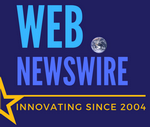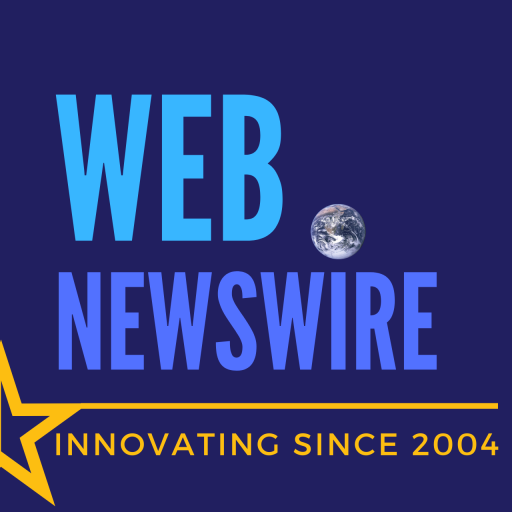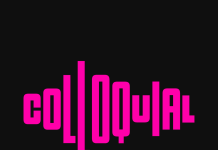Gaurav Dagaonkar, Co-Founder & CEO, Hoopr
As we observe World Music Day, it is vital to acknowledge that music in today’s world is not simply a form of expression; it acts as a business driver, culture connector, and strategic marketing asset. In India’s rapidly expanding digital landscape, over 1 million branded content pieces are produced every month by more than 80,000 brands and 550,000 creators. Music in any form is an essential part of all of this content and adds emotional depth and recall. Campaigns employing well-integrated and licensed music see 25–35% higher engagement, improved platform performance, and increased ROI.
But the industry still faces serious challenges. An estimated 87% of branded content uses music without proper licensing, largely because of ignorance, a fragmented ownership structure, and long licensing processes. This leads to staggering annual losses of ₹8,000-10,000 crore, almost ₹3,600 crore from unpaid licensing fees and ₹900 crore in royalties lost to artists. The risk of take downs, strikes and penalties of up to ₹5 crore for using unlicensed music is significant for brands and creators. In some cases, even influencer-led campaigns have resulted in legal action, with brands held accountable for copyright misuse.
At Hoopr, we’re building a tech-first solution to this problem. Our platform provides instant licensing for Bollywood, regional, and independent music – delivering turnarounds from weeks to minutes and enabling licensing of music rights for all creators. With Hoopr Smash, we’re enabling access to over 18,500 tracks, including culturally rich music from across India, tailored for high-frequency digital content.
India is one of the largest music-consuming countries globally, yet less than 1% of users pay for music subscriptions. Streaming platforms deliver payments to content creators as low as ₹0.01 per stream – which makes sync licensing a vital revenue stream for artists and labels. At Hoopr we are enabling legal, instant and affordable licensing, helping to protect brands as well and establishing a fair ecosystem that shares the benefits of our enabling rights and content owners and creators.
As the industry moves from mass media communication to platform storytelling, music is no longer just one jingle for all. It’s about having an adaptive soundtrack to reach smaller niche audiences. Music must be included from the beginning in the campaign strategy—not as a last-minute inclusion—but as a creative foundation. That is the future that we believe in— a compliant, scalable, inclusive music economy, that honors rights, inspires performance, and provides predictable sources of income and support to creators at all levels.”




